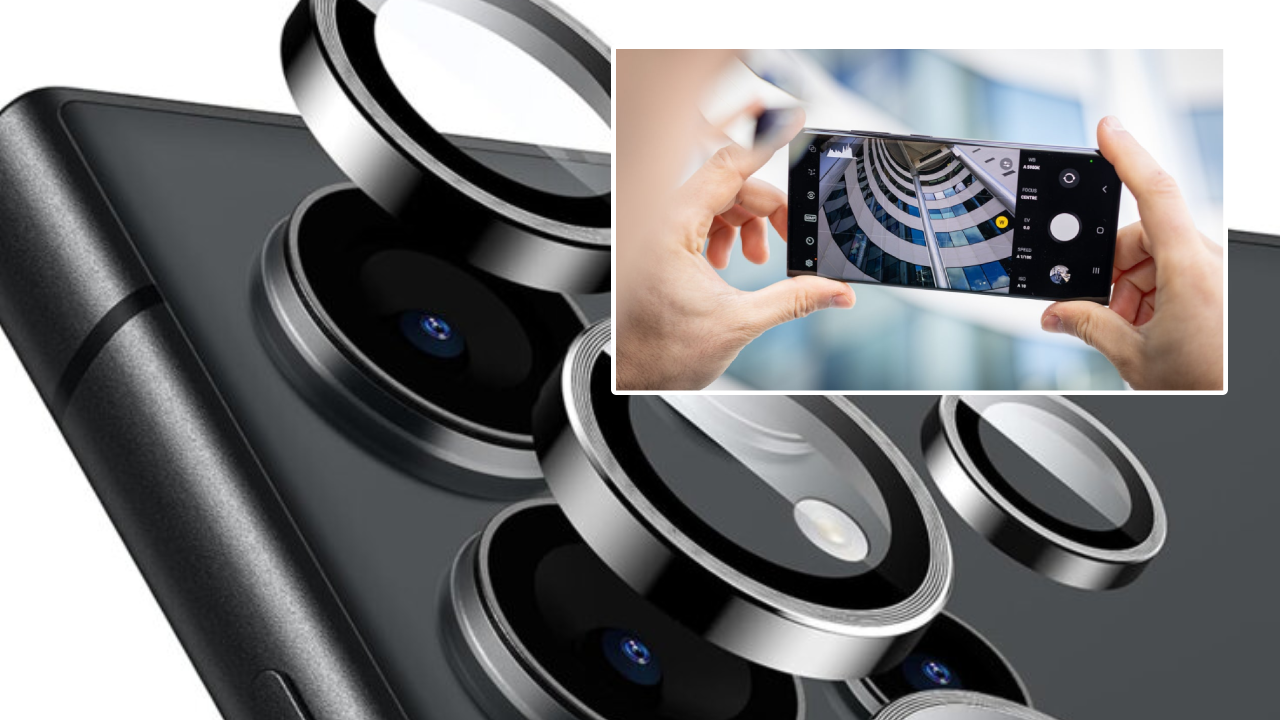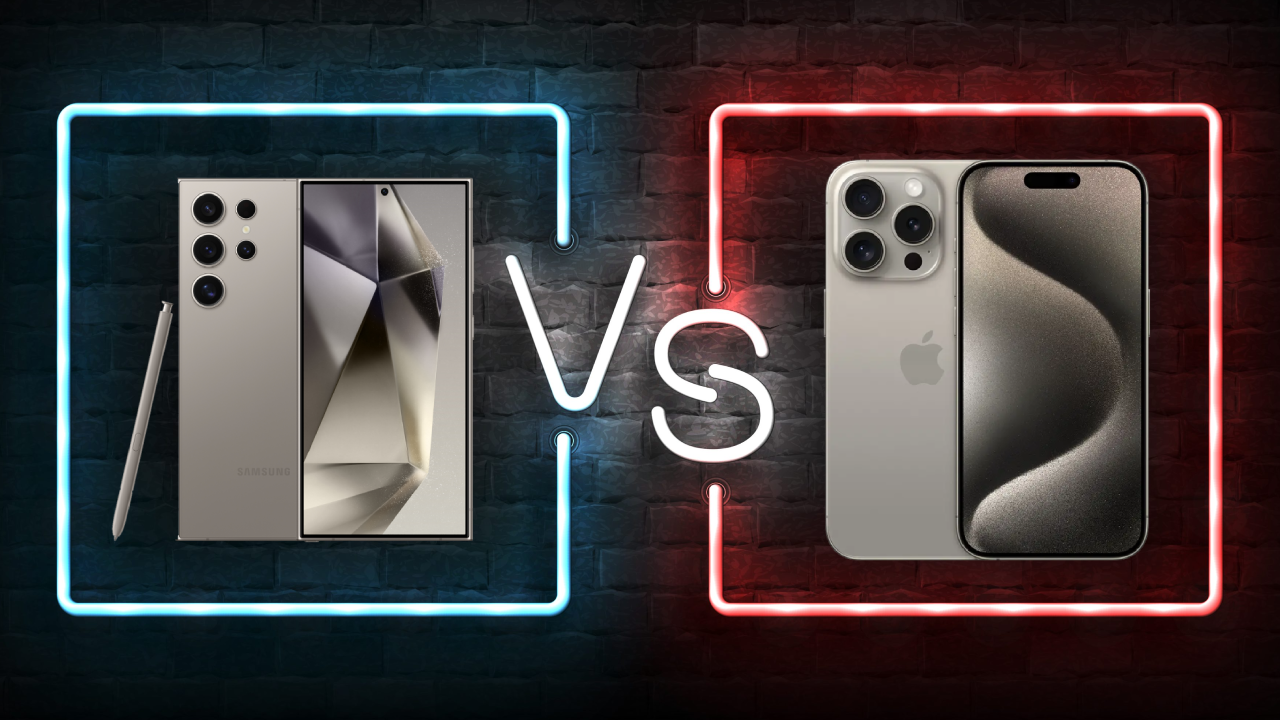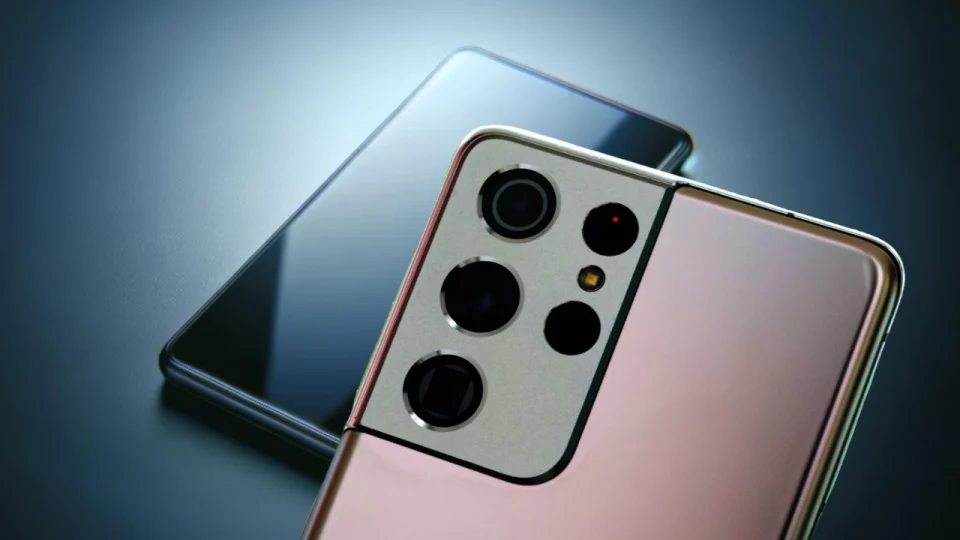In the ever-evolving world of smartphone technology, camera systems continue to be a focal point for innovation. Among the most talked-about advancements in recent years is optical image stabilization (OIS), a technology that has dramatically improved the quality of images and videos captured by mobile devices.
OIS works by compensating for camera movement, helping to eliminate blur and shakiness that often mars photos and videos. In a recent patent application, Samsung appears to be pushing the boundaries of this technology further with the introduction of what is being dubbed a “sensor-shift-like” optical image stabilization system.
Table of Contents
The Foundation: Understanding Optical Image Stabilization
Before diving into Samsung’s latest innovation, it’s important to understand the basic principles of OIS and how it currently operates in most smartphones. Optical image stabilization is a technology designed to counteract the motion that occurs when a user holds a camera. This movement could be anything from slight hand tremors to more significant shifts, such as walking while filming. OIS typically works by using a gyroscope, a tiny sensor that detects motion. When the gyroscope detects movement, it sends a signal to a motor that adjusts the position of the camera lens or sensor to counteract the motion, keeping the image stable.
In most modern smartphones, this adjustment occurs by moving the camera lens, which shifts in the opposite direction of the detected motion. This simple yet effective mechanism has been a staple of high-end smartphone cameras for years, significantly reducing blur and improving photo and video quality, especially in low-light conditions or during motion capture.

Enter Sensor-Shift Technology: What Makes it Different?
The key difference between traditional OIS and the sensor-shift technology that Samsung’s new patent suggests lies in the component that moves. While conventional OIS relies on moving the camera lens, sensor-shift technology stabilizes the image by moving the image sensor itself. This approach is not entirely new; it has been a significant feature in Apple’s iPhones since the iPhone 12 Pro Max. However, Samsung’s patent indicates that they are developing their version of sensor-shift technology, which could offer several unique advantages over both their existing OIS systems and competitors’ sensor-shift technologies.
The Samsung Patent: Analyzing the Details

According to the patent filed with the Korean Intellectual Property Office (KIPO), Samsung’s sensor-shift-like OIS technology involves the use of an actuator, a device that converts energy into mechanical motion. This actuator is designed to move the base plate of the sensor, allowing for the kind of stabilization that OIS aims to achieve. The patent describes how the sensor base plate will move on a moving frame, supported by bridges fixed across the circumference of the movable part. This movement corrects any shaking or vibrations, ensuring that the camera captures steady images and videos even when the phone itself is in motion.
One of the most intriguing aspects of Samsung’s new OIS system is the potential for improved stabilization without the need for the lens to move. In most OIS systems, the lens adjusts to counterbalance movement, which can sometimes lead to lens distortion or aberration, especially when capturing images in low-light environments or at certain angles. By shifting the sensor instead of the lens, Samsung’s system could eliminate some of these drawbacks, providing sharper, clearer images even in challenging conditions.
Advantages of Sensor-Shift OIS Over Traditional OIS
The transition from traditional lens-based OIS to sensor-shift technology could represent a significant leap forward in smartphone camera design. Here are some potential benefits of Samsung’s sensor-shift OIS system based on what we know from the patent:
- Improved Image Quality: Moving the sensor instead of the lens could reduce the risk of lens distortion and aberration, common issues with lens-based stabilization. This could result in more accurate colors, sharper edges, and less blur overall, even in situations where there is significant motion.
- Enhanced Low-Light Performance: In low-light scenarios, moving the lens for stabilization can sometimes limit the amount of light that reaches the sensor, resulting in darker, grainier images. By keeping the lens static and moving the sensor instead, Samsung’s system could allow for more light to be captured, producing brighter, clearer photos and videos in dim environments.
- Compact Form Factor: Traditional OIS requires space for the lens to move, which can limit how compact a smartphone camera module can be. Sensor-shift technology, on the other hand, could offer greater stabilization in a smaller package. This could lead to slimmer, lighter smartphones without compromising on camera performance.
- Increased Durability: Fewer moving parts could mean a more durable camera system. Lens-based OIS involves multiple components that move in different directions, which increases the potential for mechanical failure. By simplifying the stabilization mechanism, Samsung’s system could be more robust, reducing the likelihood of damage over time.
- Better Video Stabilization: One of the key advantages of sensor-shift technology is its ability to offer more stable video capture. When filming, even the slightest movement can cause noticeable jitter in the final video. By stabilizing the sensor, Samsung’s system could provide a smoother, more professional-looking video, even in dynamic shooting conditions.
Samsung vs. Apple: A New Battleground in Camera Innovation?
Samsung’s exploration of sensor-shift technology comes at a time when smartphone camera systems are becoming a major point of competition among manufacturers. Apple has already incorporated sensor-shift OIS in its iPhone lineup, and this feature has been widely praised for its effectiveness. By developing its own version of this technology, Samsung could position itself as a direct competitor in the realm of mobile photography, offering consumers an alternative that potentially surpasses Apple’s system in certain areas.
It’s also worth noting that Samsung has a long history of innovation in camera technology. Their flagship Galaxy series has consistently been at the forefront of mobile photography, introducing features such as dual-aperture lenses, 100x digital zoom, and 8K video recording. The addition of sensor-shift OIS could further cement Samsung’s reputation as a leader in smartphone camera development, offering consumers a new level of performance and versatility.

Challenges and Future Prospects
While the potential benefits of sensor-shift technology are clear, there are also challenges that Samsung will need to address as they develop this new system. One of the primary hurdles is cost. Implementing sensor-shift technology requires precision engineering and high-quality components, which could drive up the manufacturing costs of smartphones equipped with this feature. For consumers, this could translate into higher prices, which might limit the accessibility of sensor-shift OIS to high-end devices.
Another challenge is ensuring that the system works seamlessly with other camera features. Many modern smartphones use multiple camera sensors (ultra-wide, telephoto, macro, etc.), and integrating sensor-shift OIS across different lenses could be complex. Samsung will need to find a way to ensure that their new stabilization system is compatible with the diverse camera setups that have become standard in today’s smartphones.
Despite these challenges, the future of Samsung’s sensor-shift technology looks promising. As camera systems continue to evolve, the demand for better stabilization, improved image quality, and more compact designs will only increase. If Samsung can successfully implement this technology into their smartphones, it could set a new standard for mobile photography, giving users the tools they need to capture stunning, professional-quality images and videos in any situation.
